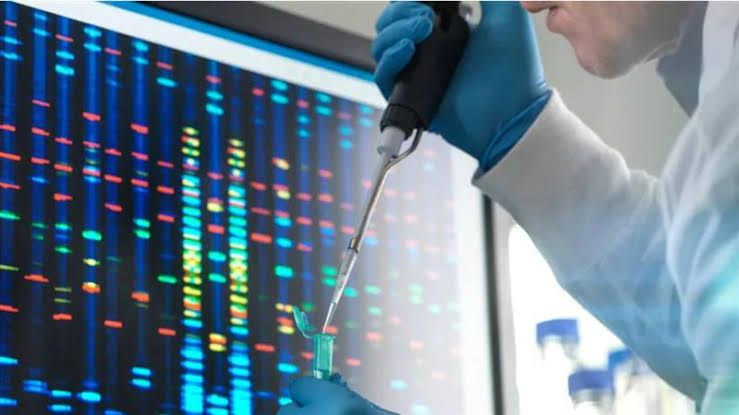
DNA Profile: Definition
DNA profiling, also known as DNA fingerprinting, DNA typing, or DNA testing, is a forensic technique used to identify individuals based on their unique DNA characteristics. This method analyzes specific regions of the DNA that vary greatly among individuals, allowing for the differentiation between genetic profiles. The primary applications of DNA profiling include criminal investigations, paternity testing, and identifying remains.
Restriction Fragment Length Polymorphism (RFLP)
Restriction Fragment Length Polymorphism (RFLP) is one of the earliest methods used in DNA profiling. It involves the following steps:
- DNA Extraction: DNA is extracted from biological samples such as blood, hair, or saliva.
- Restriction Enzyme Digestion: The extracted DNA is treated with restriction enzymes that cut the DNA at specific sequences.
- Fragment Separation: The resulting fragments are separated by size using gel electrophoresis.
- Visualization: The fragments are then visualized using techniques such as Southern blotting.
RFLP can be categorized into two types:
- Single Locus Typing: Focuses on a single locus in the genome, providing high specificity but limited information.
- Multi-Locus Typing: Analyzes multiple loci simultaneously, offering a broader view of genetic variation.
Allele-Specific Oligonucleotides (ASO)
Allele-Specific Oligonucleotides (ASO) are short sequences of nucleotides designed to hybridize to specific alleles of a gene. This technique allows for the detection of particular alleles associated with genetic traits or diseases. ASO can be used in conjunction with other methods like PCR to amplify and analyze targeted regions of DNA.
Analysis of Minisatellites by PCR
Minisatellites are repetitive sequences found in the genome that vary in length among individuals. The analysis involves:
- PCR Amplification: Polymerase Chain Reaction (PCR) is employed to amplify these minisatellite regions.
- Gel Electrophoresis: The amplified products are separated by size using gel electrophoresis.
- Visualization and Comparison: The patterns obtained can be compared across samples to establish genetic relationships.
Current DNA Typing Methods
Modern DNA typing has evolved significantly from RFLP and now includes various advanced techniques:
STR-Based DNA Analysis
Short Tandem Repeats (STRs) are highly polymorphic regions in the genome consisting of repeating units of 2-6 base pairs. STR-based analysis involves:
- PCR Amplification: Specific STR loci are amplified using PCR.
- Capillary Electrophoresis: The amplified products are separated based on size using capillary electrophoresis.
- Detection Methods:
- Silver Staining: A method for visualizing PCR products after gel electrophoresis.
- Fluorescent Dyes: Used during PCR amplification to label STRs for detection during capillary electrophoresis.
Capillary Electrophoresis
Capillary electrophoresis is a powerful separation technique that utilizes narrow capillaries filled with a polymer solution to separate charged molecules based on their size and charge:
- Principles:
- Molecules migrate through the capillary under an electric field; smaller molecules move faster than larger ones.
- High resolution and sensitivity make it suitable for analyzing complex mixtures like DNA samples.
- Instrument Platforms:
- Examples include the Applied Biosystems 310 and 3100 Genetic Analyzers, which automate sample injection, separation, and detection processes.
Next-Generation Sequencing (NGS) in Forensics
Next-Generation Sequencing (NGS) represents a revolutionary advancement in forensic genetics by allowing comprehensive sequencing of entire genomes or targeted regions:
- High Throughput Capability: NGS can process millions of fragments simultaneously, providing extensive data about genetic variations.
- Applications in Forensics:
- Identification of unknown individuals through complete genomic profiles.
- Detection of rare variants that may not be captured by traditional methods like STR analysis.
In conclusion, modern forensic science employs a variety of sophisticated techniques for DNA profiling, each contributing unique advantages to identification processes across various applications.







